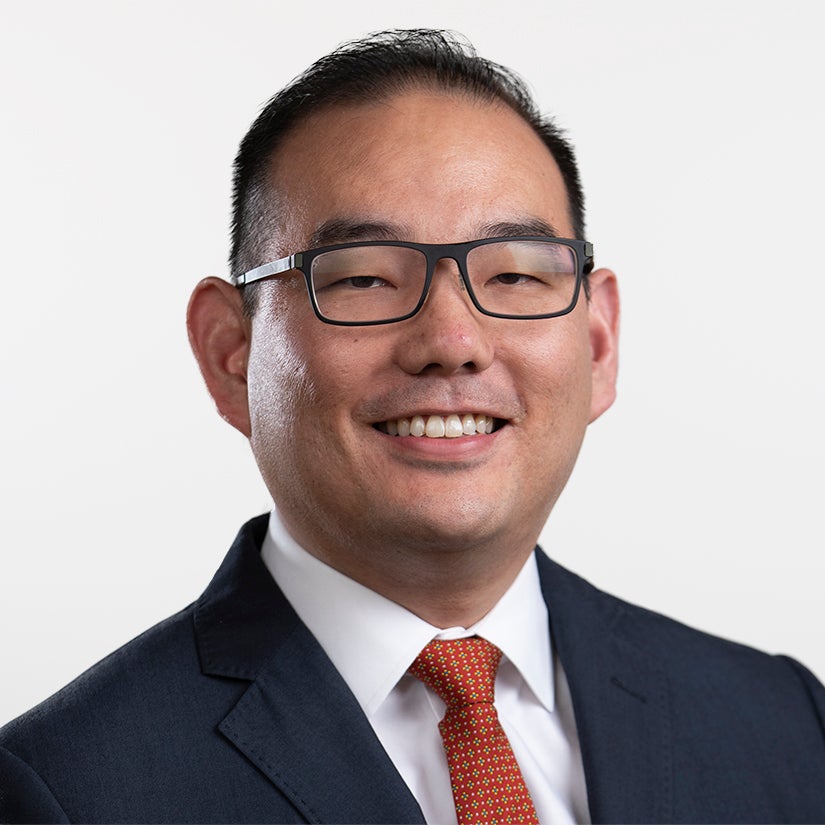NA4326650
Investors should be aware of the material differences between mutual funds and ETFs. ETFs generally have lower expenses than actively managed mutual funds due to their different management styles. Most ETFs are passively managed and are structured to track an index, whereas many mutual funds are actively managed and thus have higher management fees. Unlike ETFs, actively managed mutual funds have the ability to react to market changes and the potential to outperform a stated benchmark. Since ordinary brokerage commissions apply for each ETF buy and sell transaction, frequent trading activity may increase the cost of ETFs. ETFs can be traded throughout the day, whereas, mutual funds are traded only once a day. While extreme market conditions could result in illiquidity for ETFs. Typically they are still more liquid than most traditional mutual funds because they trade on exchanges. Investors should talk with their advisers regarding their situation before investing.
There are risks involved with investing in ETFs, including possible loss of money. Index-based ETFs are not actively managed. Actively managed ETFs do not necessarily seek to replicate the performance of a specified index. Both index-based and actively managed ETFs are subject to risks similar to stocks, including those related to short selling and margin maintenance. Ordinary brokerage commissions apply. The Fund's return may not match the return of the Index. The Funds are subject to certain other risks. Please see the current prospectus for more information regarding the risk associated with an investment in the Funds.
Bid is an offer made to buy a security.
Ask is the price a seller is willing to accept for a security.
Bid/Ask spread is the amount by which the ask price exceeds the bid price for an asset in the market.
Basis points, as known as bps, are a unit of measure. One basis point is equivalent to 0.01% or 0.0001 in decimal form.
Market order is a request to buy or sell a security at the best-available price in the current market.
Limit order is a request to buy or sell at a specified price or better.
Stop order is a request to buy or sell when its price moves past a particular point that is a predetermined value.
The Nasdaq-100 Index comprises the 100 largest non-financial companies traded on the Nasdaq.
The opinions expressed are those of the authors, are based on current market conditions and are subject to change without notice. These opinions may differ from those of other Invesco investment professionals.
Invesco does not offer tax advice. Investors should consult their own tax professionals for information regarding their own tax situations.









